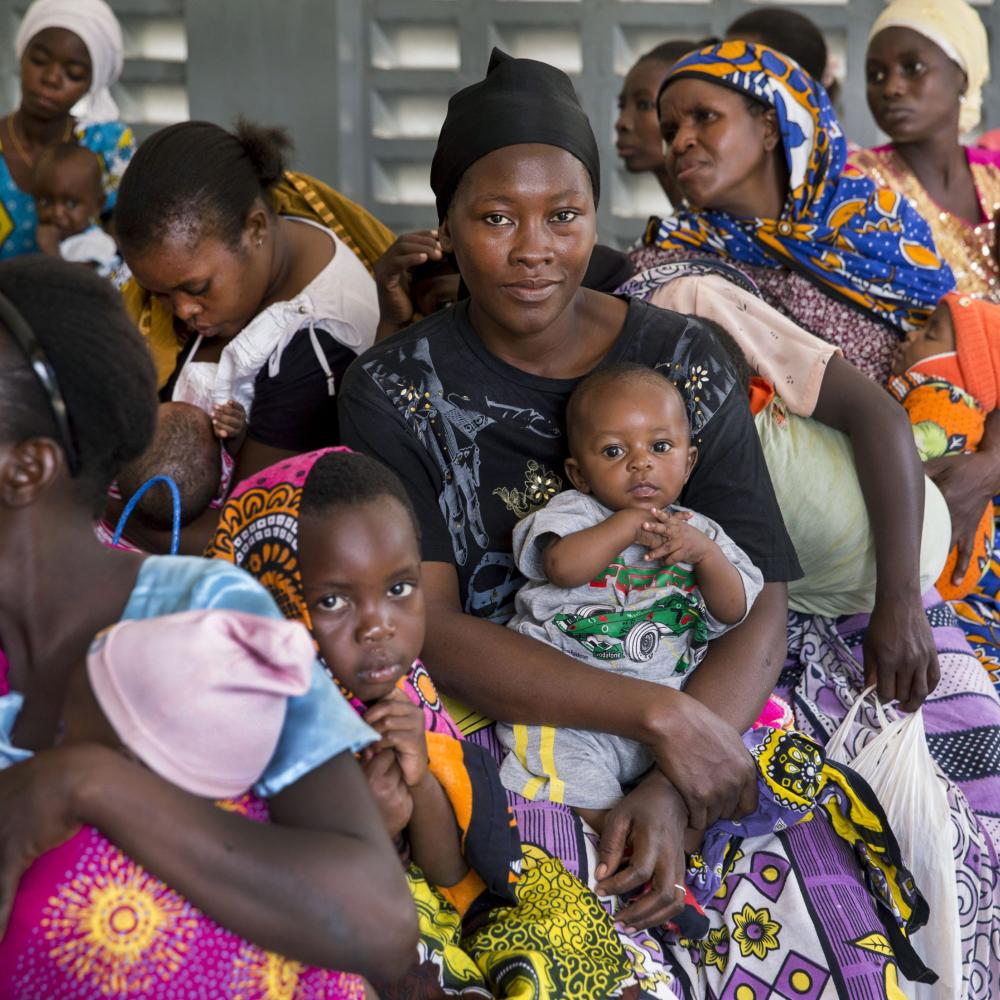
Our work
Strategic Approach
We believe that to ensure better access to SRH products for women and girls, these three key interconnected market levels must be healthy:
Countries must have the capability to steward national SRH markets in line with customer preferences.
Product markets must be able to deliver an adequate and reliable supply of appropriate, quality products at sustainable prices.
The broader ecosystem must have cross-cutting market enablers (i.e. data and analytics, coordination, and market management support) that support effective country and product markets.

Country markets
These include interactions between buyers and sellers of products (both public and private) within countries and national health systems.
The organization of national markets is essential for product availability within countries. It’s also crucial for laying the foundations of effective global product markets.
That is why we are working with countries to identify their priority market challenges, so that we can support a responsive approach. We’re also developing strategies to overcome barriers to understanding consumer insights, sustainable health financing, effective procurement strategies, introducing products to markets in a timely way, and market expansion.
Our aim is for countries to have better data and information they need to assess and steward their own markets. This way, they can meet the diverse needs of their communities long-term.

Product markets
These are made up of the interactions between buyers and sellers of products across multiple countries.
Product markets connect the global and national levels, ensuring that affordable, appropriate, quality products reach countries and communities consistently.
We are working to ensure that markets deliver an adequate, reliable supply of quality products to various countries. This means that products need to respond to consumer needs and be available at affordable and sustainable prices.
To this end, we are collaborating with partners to prioritize specific product strategies and improve access initiatives. We’re also enhancing market coordination and alignment through our cross-cutting 'market enablers' work.

Ecosystem
For national and product markets to work effectively, we need a well-functioning ecosystem that provides cross-cutting, multi-country support functions or market enablers.
Market enabler functions within the ecosystem include multi-country market data, equitable and reliable financing, collaborative procurement opportunities, multi-country regulatory processes, and systems that support coordinated market shaping and product introduction.
To support effective country and product markets, SEMA is working to ensure that the ecosystem has these market enablers in place.
For example, we are designing a market monitoring platform so that stakeholders can use data and analytics to make decisions and track trends and risks. We are also setting up market management support resources to build country capacity in areas such as product introduction, financing, and procurement. And we are designing market coordination & alignment functions to help build consensus and deliver effective interventions on shared market priorities.

Healthy markets framework
SEMA’s Healthy Markets Framework (HMF) is an effective tool for assessing market health and aiding the design of interventions. It is used to design, track, and improve SRH market shaping interventions and initiatives.
Our aim is to use the HMF to promote healthy markets at all three levels (country, product, and ecosystem). Our goal is for each level to be efficient and effective at promoting public health and meeting the diverse needs of communities.
The seven key factors needed for markets to perform well are:
- Functioning market foundations—this requires quality market data, market analytics, market management capacity, and well-functioning market institutions.
- Financing—this should be adequate and predictable enough to ensure that the demand for products is met.
- Supply—this should be sufficient, reliable, and robust enough to meet financial demand over the short and medium-term.
- Consumer demand—SRH products should meet the needs and preferences of individuals and communities.
- Price—products should be affordable to people and also support market sustainability.
- Quality —products should meet appropriate quality standards.
- Product adoption—global and country systems should support routine, timely, and equitable adoption, with a healthy pipeline of research and development for new products.
The HMF is designed to adapt to different market structures, ensuring applicability across all levels. SEMA collaborates with technical partners to assess priority markets, engaging in dialogue on priorities for action and investment. In 2022, the HMF was piloted, and the current structure incorporates lessons learned.
SEMA uses the HMF to understand market shortcomings, collaborate with partners to design tailored solutions, support problem-solving, fund and co-execute market solutions, track progress, and learn for continuous improvement. Regular assessments are vital to SEMA's monitoring and learning process.
